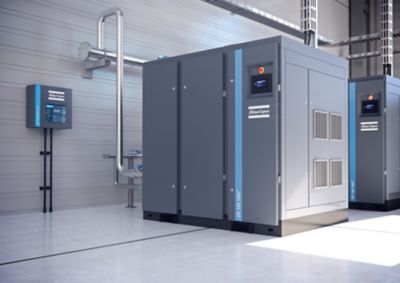Estimated reading time: 3 minutes
In the North there are not the traditional four seasons of Winter, Spring, Summer Fall. There is Winter, Pothole season, Summer and Fall. Potholes are created when water (snow and ice) freezes and thaws over and over, the road will weaken and continue cracking. As the weight of cars, trucks and plows pass over the weak spot in the road, pieces of the roadway material weaken, which will cause the material to be displaced or broken down from the weight, creating the pothole. According to BBC news cement is the most widely used man-made material in existence. It is second only to water as the most-consumed resource on the planet.
Compressed air is an integral part of the cement industry. Used as an energy source to move materials in the cement-making process and for powering tools that can withstand the harsh conditions of these processes even more. It is essential when producing cement that it be kept moving or the fine cement powder will clump up. The best way to keep the cement moving is with air powered pneumatic conveying. These systems rely heavily on compressed air.
Almost every part of the cement making process involves compressed air, including:
- Pneumatic conveying
- Bulker and train unloading
- Silo fluidization
- Combustion air
- Cooling air
- Airlift
Atlas Copco offers a complete range of blowers and compressors to fit all your applications. Our cement blower solutions are designed to work under extreme conditions such as heat and rain. Atlas Copco also provides energy efficient air compressors that typically account for a 30-35 percent energy reduction compared to competitors, leading to substantial cost savings.

